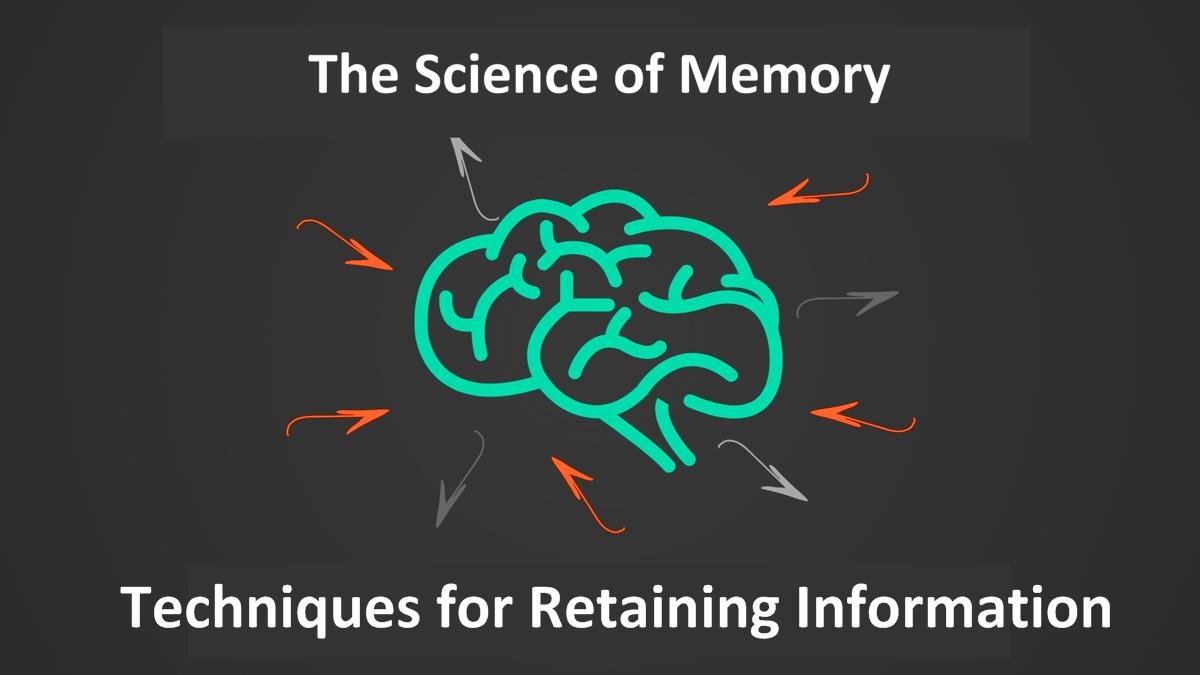A Comprehensive Overview of the National Education Policy

In recent years, education has emerged as a pivotal cornerstone of societal progress and individual empowerment. The National Education Policy (NEP) of India stands as a testament to the nation’s commitment to fostering a dynamic and inclusive educational ecosystem. This comprehensive overview will delve into the NEP, charting its historical evolution and outlining its key objectives, structural reforms, and the transformative impact it promises to bring to the realm of education in India.
The NEP, introduced in 2020, comes as a breath of fresh air for India’s education sector, which was long overdue for a revamp. In this two-part introduction, we’ll first provide a snapshot of what the NEP is all about and why it holds immense significance for the country. We’ll then proceed to explore its key objectives and the structural reforms it introduces to create a holistic and future-ready educational system.
Background of the National Education Policy
The NEP was last updated in 1986 and has been long overdue for a revamp. The new policy, introduced in 2020, aims to transform the Indian education system to meet the challenges of the 21st century. It addresses the need for a more holistic and flexible education system that fosters critical thinking, creativity, and innovation.
The Key Objectives
The NEP has several key objectives, including universalizing education, promoting research and development, and ensuring the inclusion of marginalized communities. We’ll explore these objectives in depth to understand their significance.
Read More: How to Become an International Arbitrator: A Comprehensive Guide
Structural Reforms
School Education
The policy introduces major changes to school education, such as a 5+3+3+4 curricular and pedagogical structure, the discontinuation of the rigid separation between arts and sciences, and the emphasis on experiential learning.
Higher Education
Higher education will see structural changes too, including the establishment of multidisciplinary educational institutions, the integration of vocational education, and a focus on research and innovation.
Multilingualism and the Three-Language Formula
We’ll discuss the importance of multilingualism and the three-language formula proposed in the NEP, which promotes the use of regional languages in primary education.
Vocational Education and Skill Development
One of the central pillars of the National Education Policy (NEP) is the reinvigoration of vocational education and skill development in India. The NEP recognizes the importance of equipping students with practical skills that enhance their employability, foster entrepreneurship, and contribute to the nation’s economic growth. Let’s take a closer look at this essential aspect of the NEP.
Why is Vocational Education Important?
Vocational education plays a vital role in addressing the gap between education and the job market. It provides students with the specific skills and knowledge required in various industries and trades. In a rapidly evolving job landscape, where technological advancements are reshaping industries, vocational education ensures that students are not just academically qualified but also job-ready.
Integration with Mainstream Education
The NEP advocates for the integration of vocational education with mainstream education. It proposes that students should have the flexibility to choose vocational courses alongside their regular academic curriculum. This integration ensures that students can explore and develop practical skills without compromising their academic progress.
Skill Development Ecosystem
The policy envisions the creation of a robust skill development ecosystem. This ecosystem involves collaboration between educational institutions, industries, and government bodies. It aims to provide students with hands-on training, internships, and apprenticeships, allowing them to apply what they learn in real-world scenarios.
Promotion of Vocational Courses
To encourage students to take up vocational courses, the NEP suggests measures like career counseling, awareness programs, and the development of high-quality vocational modules. These courses are not limited to traditional trades but also encompass emerging fields, including technology, healthcare, and green energy.
Certification and Recognition
The NEP emphasizes the importance of providing credible certifications for vocational courses. This recognition is crucial for ensuring that students’ skills are acknowledged and valued in the job market. It also allows for greater mobility between vocational and academic pathways.
Entrepreneurship Development
In addition to preparing students for jobs, the NEP encourages entrepreneurship development. It aims to foster a culture of innovation and entrepreneurship by providing the necessary training and support for students to become job creators rather than job seekers.
Inclusivity and Equity
The NEP is committed to making vocational education and skill development accessible to all, irrespective of gender, socio-economic background, or geographic location. Special provisions are proposed to ensure that marginalized communities also benefit from these programs.
Industry Partnerships
The policy highlights the importance of strong collaborations with industries. Industry input helps in designing relevant and up-to-date vocational courses. It also leads to better placement opportunities for students upon completion of their programs.
Digital Learning Initiatives
National Education Policy: In a rapidly digitalizing world, the NEP acknowledges the significance of digital learning. We’ll discuss the policy’s vision for digital education and its implications.
Equity and Inclusion
Gender Equality
The NEP highlights the importance of ensuring equal educational opportunities for all genders. We’ll examine the measures put in place to achieve this goal.
Socio-Economic Inclusion
Socio-economic inclusion is another crucial aspect of the NEP. We’ll explore how the policy aims to reduce disparities in access to quality education.
Teacher Training and Development
National Education Policy: Quality education requires well-trained educators. The NEP addresses this by emphasizing teacher training and professional development.
Assessment and Evaluation
National Education Policy: The NEP reimagines the assessment and evaluation system, shifting the focus from rote learning to holistic evaluation methods. We’ll look at these changes and their impact.
Funding and Resource Allocation
National Education Policy: Implementing the NEP will require substantial funding and resource allocation. We’ll discuss the financial implications and the allocation mechanisms.
Implementation Challenges
National Education Policy: No major policy comes without challenges. We’ll highlight some of the potential obstacles in implementing the NEP.
The Role of Stakeholders
National Education Policy: The success of the NEP depends on the active participation of various stakeholders. We’ll explore the roles of government, educators, parents, and students in its implementation.
Global Implications
National Education Policy: The NEP has the potential to influence global education trends. We’ll examine how other countries can learn from India’s experiences and adopt similar reforms.
Read More: How to study in Canada as an international student
Conclusion
The National Education Policy represents a significant and progressive leap forward in reimagining the education landscape in India. It’s a well-thought-out blueprint for a future-ready education system that addresses the diverse needs of students, the demands of the job market, and the broader goals of the nation.
The NEP’s emphasis on flexibility and inclusivity is commendable. By introducing the 5+3+3+4 curricular structure, promoting vocational education, and integrating digital learning, the policy acknowledges the dynamic nature of education in the 21st century. It ensures that students are not just academically proficient but also equipped with practical skills that prepare them for a wide range of opportunities.
Gender equality and socio-economic inclusion are at the core of the NEP, reflecting a commitment to provide quality education to all, regardless of their background. The policy’s efforts to provide equal educational opportunities and support for marginalized communities are essential steps in achieving a more equitable society.
FAQs
Q1. What is the National Education Policy?
The National Education Policy is a comprehensive framework for the development of education in India. It outlines key objectives and structural reforms to transform the education system.
Q2. How does the NEP promote gender equality?
The NEP promotes gender equality by ensuring equal access to education for all genders and encouraging the representation of women in all fields of study.
Q3. What are the major changes in school education under the NEP?
The NEP introduces a new 5+3+3+4 curricular structure, emphasizes experiential learning, and removes the rigid separation between arts and sciences.
Q4. How does the NEP address digital learning?
The NEP acknowledges the importance of digital learning and aims to provide increased access to digital resources and technology in education.
Q5. What challenges does the NEP face in implementation?
Challenges in implementing the NEP include financial constraints, infrastructure development, and changing mindsets within the education system.







